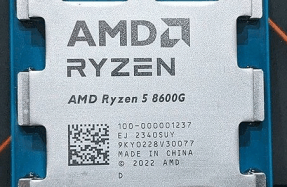Create, edit and use custom mapping data
Back in 1962, archaeologists in the Czech Republic discovered a mammoth’s tusk that has been engraved with a geometrical design. The pattern was subsequently identified as representing the hills, rivers, valleys and routes of the surrounding area. It was dated around 250,000 BC, making it probably the earliest map ever discovered.
In the library of Hereford Cathedral is the Mappa Mundi. Created around 1300, it’s the largest surviving medieval map of the world. The UK’s Ordnance Survey was set up in 1791 to help address the perceived risk arising from the Jacobite rising, and of invasion by France, and it went on to become one of the world’s foremost national mapping agencies. And 1999 saw California-based ESRI release its ArcGIS graphical information system, which would become the world’s most used GIS (geographic information system).
These few notable dates in the history of cartography illustrate 27,000 years of change and it’s clear that the rate of change has accelerated significantly in recent years. This isn’t surprising since digital technology has had the same effect on so many other areas, but it’s been suggested that a GIS is so different to its predecessors that it’s a totally new entity. Professionals point to support of multiple layers and an ability to carry out analyses of geographically based data as just some of the things you can do with a GIS but not with an ordinary map. And if you’re wondering where Google Maps fits in, while we’re not going to get embroiled in the debate over whether or not it’s a GIS, we would agree with the sentiment that a fully blown GIS is like Google Maps on steroids.


ESRI’s well-respected isn’t cheap at £1,192 per year, which is widely used professionally and is considered to be on par with many professional GIS offerings.
You’re reading a preview, subscribe to read more.
Start your free 30 days





